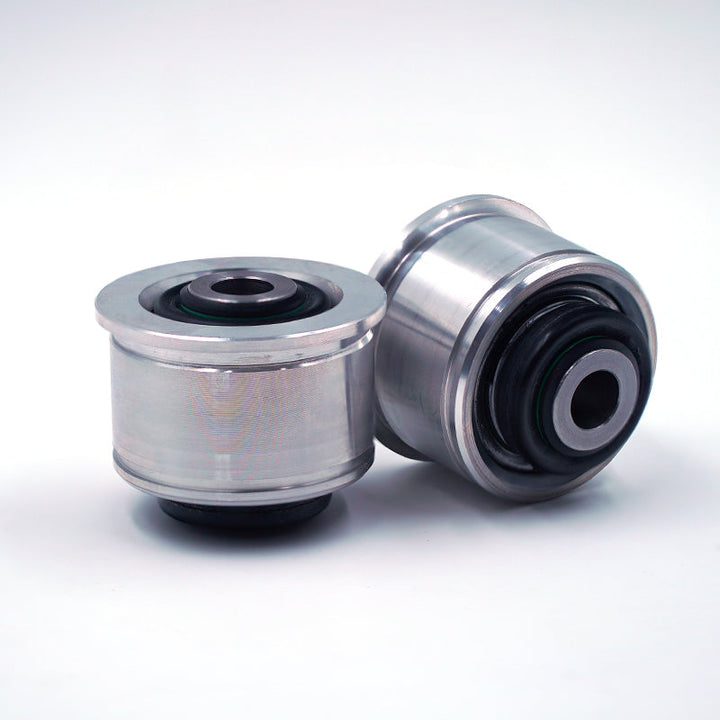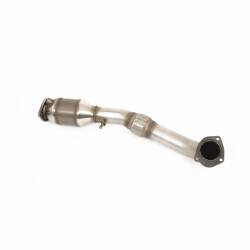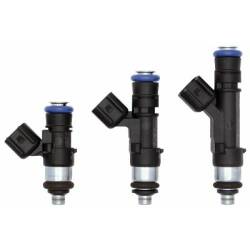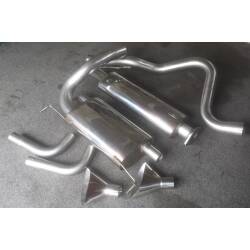Description
Experience reduced understeer and increased braking stability by installing our Suspension Secrets BMW G80/G82 M3/M4 Solid Front Control Arm Bushes.
The key benefits of our solid suspension bushes are:
Reduced understeer
Improved feedback through the steering and chassis
More responsive steering
Added stability under heavy braking
More enjoyable to drive
Our solid suspension bushes replace the soft rubber OE BMW ones and provide a far more direct and connected driving experience. Solid bushes prevent unwanted flex in the suspension assembly and prevent any toe-angle changes during hard cornering or heavy braking.
As a cost-effective and influential upgrade, solid bushes are a great choice for fast road or track-biased builds.
Further Reading
As standard, the OEM rubber bushes used by BMW are quite soft. They are built for refinement, flexibility and durability. Rubber bushes are quiet and are ideal for a car that is designed to be used frequently.
Unfortunately, when used in a performance application, rubber bushes have quite a few downsides. When braking hard, the OE rubber bushes flex. They flex so much that the wheel assembly moves rearwards as the car brakes. This causes unwanted toe geometry change which causes the car to feel very nervous and vague when braking.
The flex in rubber bushes also causes understeer and the steering wheel to feel very inaccurate during cornering.
Toe
Toe is the angle between each wheel with relation to the longitudinal axis of the vehicle. The animation below illustrates to toe-in, toe-out and zero toe.
There are three types of toe: toe-in, toe-out and zero toe. Each toe setting has a separate purpose and an impact upon directional stability when used on a car. Toe has an effect on three major areas which are: corner entry handling, tyre wear and straight line stability.
Toe-In
On the front axle of a car toe-in creates straight-line stability, albeit at the expense of some initial reluctance from the car at during the corner turn-in phase. Toe-in on the rear axle again improves straight-line stability, but also induces a slight amount of slip angle which helps when putting power to the ground.
Toe-in is more common for fast road use.
Toe-Out
On the front axle of a car toe-out creates instability in a straight-line. At speed, when a wheel with toe-out is turned, the wheel is pulled rearwards which increases the toe-out angle, pulling the wheel even more outwards. This can even pull the car into yaw. Front axle toe-out can make a car twitchy and unpredictable at high speeds.
Toe-out does improve turn-in into corners, and the responsiveness of the front end.
Toe-out on the rear axle can create a slip angle which allows for more traction and acceleration, but with a rear-wheel drive chassis it can also lead to unwanted levels of oversteer.
Front-axle toe-out is more commonly used for track day or racing applications.
Zero Toe
Running zero toe on either the front or rear axles results in minimum tyre wear and power loss. This is because running any level of toe, no matter how small, causes the tyre to scrub in a straight line due to the incurred slip angle, which reduces the rolling efficiency of the tyre.
Zero toe does not improve handling or feedback, nor does it create slip angle – all of which are desirable in performance driving – and as a result either toe-in or toe-out are more commonly chosen depending on use.
Tech Specs.
Suspension Secrets G80/G82 M3/M4 Competition Solid Suspension Bushes are designed and manufactured in the UK. The bushes are CNC-machined from billet 6082 T6 aluminium, and the rubber inserts are sourced from a renowned high-performance OE manufacturer.




